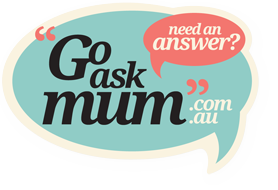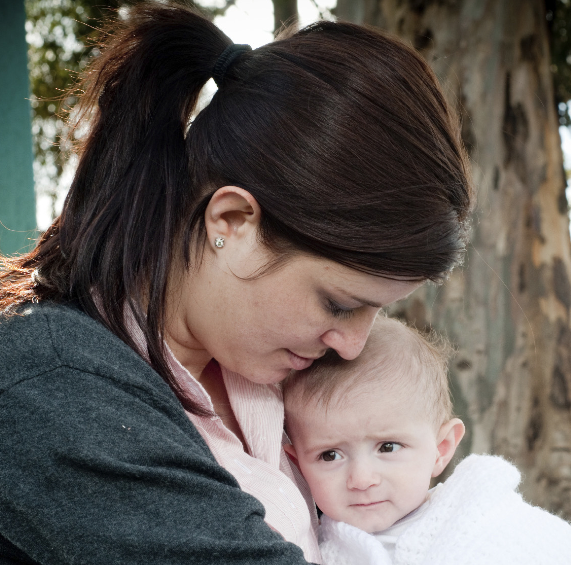In a report released late last year by the Australian Council of Social Service (ACOSS) it was revealed that a growing number of Australians are now living below the internationally defined poverty line with a jump of almost one percent between 2010 – 2012. It’s estimated 2.5 million or 13.9% of Australia’s population are living below the poverty line and a staggering 17.7% or 603,000 children in Australia are living in poverty.
So what is the poverty line?
The Poverty line is defined as people who live on an income which is 50% of the median income (half of the ‘middle’ income for all households in Australia) and it is adjusted for housing costs. In Australia this amount is $400 per week for a single adult or $841 per week for a couple with two children.
While there may be the perception that poverty simply impacts on those who are employed, there is also a large percentage of Australian’s (33.2%) who are deemed the ‘working poor’ as although their main household income is from employment, they are still deemed to be living below the poverty line. The findings are even worse for people who are unemployed, with a massive 61.2% deemed to be living below the poverty line.
The report also identified the most at risk groups of falling into poverty:
- Women are more likely to experience poverty than men – 14.7% of women vs 13% of men.
- Children and the elderly are both at higher risk of poverty when compared to other age groups with 17.7% and 14.8 respectively.
- When you consider 36.8% of all children in poverty were in sole parent households, it’s no surprise to discover that sole parents have a higher risk of poverty with 33%.
Some of the other findings revealed in the ACOSS report include:
- 13.9% of Australia’s population which is approximately 2,548,496 individuals are living below the poverty line.
- 40.1% of people in receipt of social security payments are classed as living below the poverty line, this is broken down further into the following categories:
* 55.1% of people receiving Newstart Allowance,
* 50.6% of people receiving Youth Allowance,
* 47.2% of Parenting Payment recipients,
* 48% of Disability Support Pension recipients,
* 24.8% of people receiving Carer Payments and
* 15.7% of people receiving the Age Pension.
To read the full report, please click here.











I wonder how many of these people are homeless military veterans.#notforgotten
Not surprised at all. Generally speaking, my family gets on more or less the same as we did 2 years ago – except the bills. The bills are killing us (electricity especially). We definitely have to scrape and do without for basics to pay the bills. Whereas we used to be able to by a new pair of shoes when we needed them, now we have to wait til our birthday or christmas and ask for them as gifts from family or pray someone takes pity on us or we find a pair on clearance. It’s way harder than it used to be to pay for basic utilities.
My 3 kids and I live well below the poverty line. We have enough most of the time – sure, it is a struggle at times and occasionally I have to ask for food but bills are paid, rent is paid and I don’t owe a cent.
Would be nice to be able to get the single parent pension but it isn’t available to Kiwis who arrived after Feb 2001. We would be above the poverty line if I were eligible.
Employment is hard to come by where we live and even harder if you need to work around kids without family support. I’ve been looking for work for almost 2 years now.